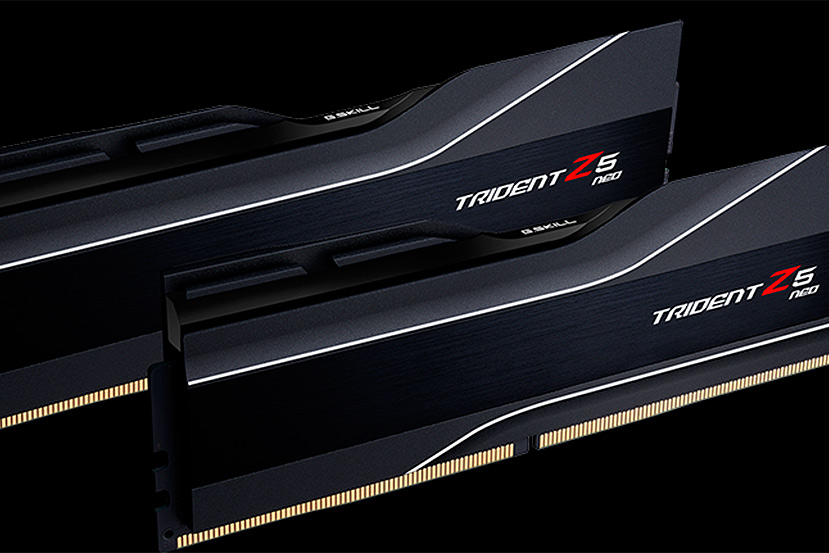- Joined
- Jan 25, 2021
Just something for the start. I read David Miller's OC guide, but he listed quite big ranges.
I have 6000 36-36-36-96 1.35V, should be one of the best if not the best Samsung. Voltage will be default 1.35V, I don't think it's worth it more just for the subtimings, plus they won't be active cooled. Still have to wait for AM5 to release, I will almost for sure not go Alder/Raptor Lake due to way worse efficiency.
Which timings are dependent on each other? I know with DDR4 there were some. Probably lowering all to the lowest (except tREFI) will not be a good idea.
Auto timings are supposed to be bad. So I'm not looking for absolute lowest timings, just something in the middle which Auto should be in the first place.
I have 6000 36-36-36-96 1.35V, should be one of the best if not the best Samsung. Voltage will be default 1.35V, I don't think it's worth it more just for the subtimings, plus they won't be active cooled. Still have to wait for AM5 to release, I will almost for sure not go Alder/Raptor Lake due to way worse efficiency.
Which timings are dependent on each other? I know with DDR4 there were some. Probably lowering all to the lowest (except tREFI) will not be a good idea.
Auto timings are supposed to be bad. So I'm not looking for absolute lowest timings, just something in the middle which Auto should be in the first place.


